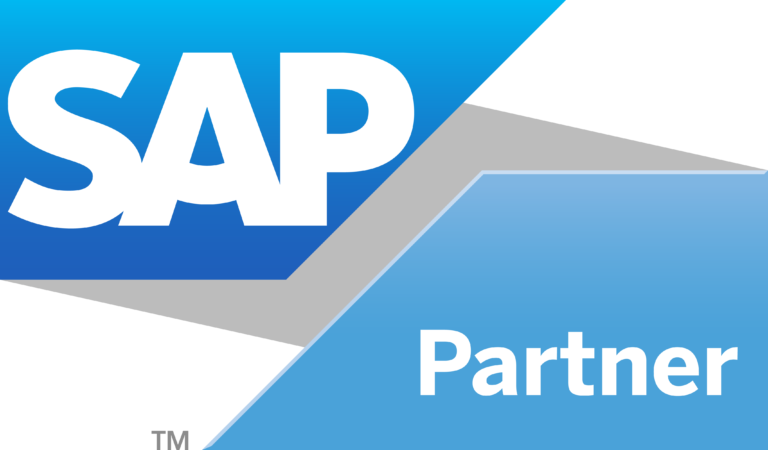SAP S/4 HANA Embedded Analytics
SAP S/4 HANA is SAP’s next-generation Business Suite which provides instant insights on Live data without data redundancy or any latencies. It supports in-context information with analytics and insights. No ETL or Batch Processing is required as compared to traditional landscapes involving ERP and BW system.
SAP S/4 HANA supports key decision management aspects such as Strategic [historical data], Operational [recent business data] and Tactical Decisions [current data cast against contextual data from past].
Traditionally separate systems were used to meet the needs of transactional and analytical requirements. SAP S/4 HANA offers an integrated transactional and analytical data platform to process complex analytic queries as a harmonious data collection.
P S/4 HANA help businesses run faster efficiently and effectively by providing below:
Built-in Analytics
- On the same Technical Stack — Improved Total cost of ownership(TCO).
- In the same super-intuitive User Interface — Improved User Efficiency and Effectiveness
- In Business Process — Improved overall Process Efficiency
Simplification
- Less redundant data in Operational Data Store — Longer history of data can be kept with a high compression rate
- Fewer tables — Simplified Data Model
- Less need to be non-disruptive in the VDM — More Innovation
- Single Source of Truth — Get rid of Shadow IT
SAP S/4 HANA Embedded Analytics
SAP S/4 HANA Embedded Analytics is Concept, Content, and Toolset to enable Embedded (built-in) Analytics, Real-time Operational Reporting, and Smart Business Cockpits, etc. It uses the technology of SAP ABAP Core Data Services( referred to as CDS) to create Virtual Data Models (Representation of operational data). Additionally, provide forward-looking tools that offer user-friendly access such as SAP Fiori for Embedded Business Intelligence, Reporting Client, Query Builder, Query Browser, SAP Lumira and SAP Business Objects Enterprise/Cloud for Strategic Business Intelligence.
Core Components of SAP S/4 HANA Embedded Analytics
In this section, we cover the core components Virtual Data Model (VDM) and Core Data Services (CDS).
Virtual Data Model (VDM):
Operating Data is represented in S/4 HANA using Virtual Data Models. S/4 HANA shields the existing primary ERP persistence/tables by an understandable, comprehensive Virtual Data Models.
Features of Virtual Data Model:
- User well-known business terminology
- Documents the relationships between entities
- Enriches the entities by business semantics
- Meta-data Driven Creation of Smart UI’s
With the availability of the SAP HANA platform there has been a paradigm shift in the way business applications are developed at SAP. We start with database table which acts as primary persistence in SAP Business Suite as shown in. In SAP S/4 HANA front end is decoupled from backend by Web protocols. SAP S/4 HANA exposes the backend data and functions as OData services that are consumed.

Core Data Services (CDS)
Core Data Services is SAP’s strategic modeling approach for Business Entities. VDM shields the existing primary ERP persistence/tables by a layer of SQL views which are defined in the ABAP application layer as Core Data Service view
CDS offers a SQL based layer that extends the SQL-92 standard. CDS holds all metadata information and supports new hybrid scenarios for embedded analytics by, for example, using existing authorizations and hierarchies of SAP S/4 HANA.
Features of CDS:
- Data definition and access for database-centric applications
- Harmonizes the programming model across all SAP platforms
- Ensures reuse and interoperability
- Extends SQL to capture business intent in the data model. Reduces technical complexity in the query.
Types of CDS Views:
Private Views
These views are private in nature and not exposed (hidden) for end-user consumption. They are introduced to facilitate the transformation of the underlying data model towards the public view model. Private views are typically used to overcome limitations in the CDS modeling (e.g., missing sub selects, missing associations in union views). Technical names of private CDS views start with P_. There are private views for both interface and consumption views. It is not recommended to change or extend the private views.
Interface Views
Interface views are the most important constituent of the VDM. They consist of a consistent model of reusable building blocks, which are defined with a focus on business semantics. Interface views are public, stable, and reusable views for any consumer. Technical names of private CDS views start with I_. There two types of interface views:
Basic interface views represent core entities without data redundancy—that is, with a single representation of each core entity (e.g., exactly one customer or sales order) and only with those fields that are dependent on the core entity itself and cannot be calculated from other fields. Basic views form the low-redundancy model and simple projection on top of the SAP Business Suite database tables/persistence.
Composite Interface views are derived from multiple basic interface views and may offer associations, aggregations, and complex calculations. They can be specific to a consumption domain or reusable by many and always expose redundant data by design. Depending on the use case, there may be multiple layers of composite interface views.
Consumption views
These views are exposed to end-user consumption and created using one or more interface views. These are public domain-specific views for analytics, search, and transactional applications. The guiding principle of the VDM model is that database tables must not be accessed directly by consumer views of the VDM (bypassing the interface layer). Technical names of private CDS views start with C_.
Extension includes views
The extension includes views that are used to expose custom new fields created as part of customer project implementations. The SAP-delivered extension includes views that can be extended to add additional fields. The customer extension includes view is created and transported as a separate DDL source.
SAP provider in India
SAP provider in Maharashtra
SAP provider in Pune
SAP provider in Mumbai
SAP provider in Nagpur
SAP provider in Nasik
SAP provider in Kolhapur
SAP provider in Gujarat
Tech point SAP provider




